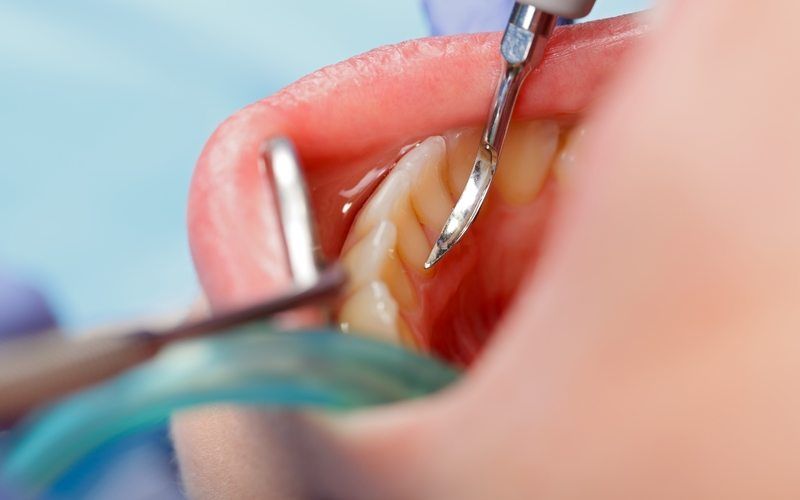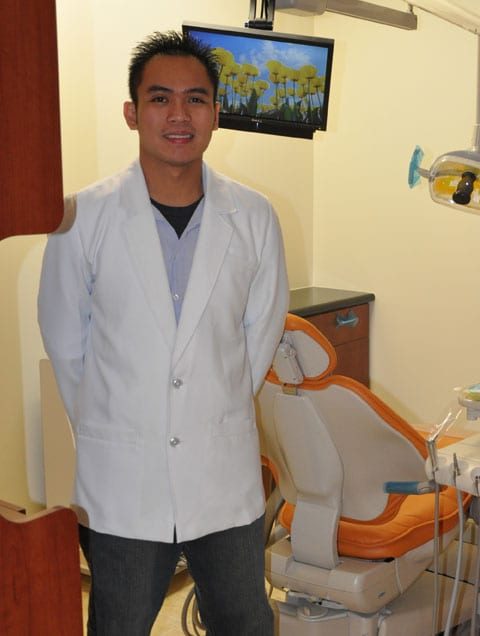Periodontal disease is a persistent infection of your gums and teeth. Over time this inflammation and infection can spread to the bone, which supports and holds your teeth. In advanced stages, periodontal disease causes loosening of teeth and tooth loss.
There are three stages of periodontitis. The first stage, gingivitis, is reversible. This can be accomplished through getting a cleaning from the dentist and following a rigid oral hygiene routine that includes brushing twice a day, flossing once a day, and visiting the dentist twice a year for cleanings.
The second stage of periodontitis is called periodontitis. At this stage the disease is irreversible. Individuals suffer from bad breath and have pockets that have formed around their gums that fill with food and accelerate decay. Often times teeth are beginning to loosen in this stage. However, the good news is that in this stage you can stop the disease from progressing.
The final stage of the disease is advanced periodontitis. In this stage the infection has spread so deeply that teeth are missing and your jawbone or sinuses might be infected. Before you can replace your missing teeth you’ll need to undergo extensive treatment to stabilize your mouth and make it hospitable to dentures or implants.
What is scaling and root planing?
Scaling and root planing is a deep cleaning that removes plaque and calculus that bacteria lives in. This bacteria creates toxins that cause your gums and bone to inflame. When you scale and root plane you actually remove the first layer of dentin that tends to house the bacteria.
When is scaling and root planing recommended?
Scaling and root planing is recommended to treat periodontal disease. It is the best treatment option for patients who have stage two periodontitis. Healthy teeth have no more than gum pockets that measure 1 to 3 millimeters in depth. Those with periodontitis have gum pockets with depths of 4 millimeters or more.
What is involved in scaling and root planing?
Scaling and root planing may take more than one appointment to complete successfully. Local anesthetic is used to help make the procedure more comfortable. The best way to think about scaling and root planing is to think about what happens when you remove a splinter from your finger.
When a finger has a sliver in it is it irritated, inflamed, and ultimately becomes infected. Once the sliver is removed the irritation calms down and you can move forward with healing the infection. Scaling and root planing works the same way. As you remove the plaque, tartar, and toxins from your teeth you’re giving them the opportunity to health from the irritants that have been causing the inflammation and infection. Ultimately, after healing, you can being the process of restoring your teeth.
After Scaling and Root Planing
After the procedure the dentist will want to see you to ensure you’re healing well and that your gum tissue has responded well. Oftentimes the doctor will want to see you every few months to gauge how well you’re doing and if further intervention is needed.












